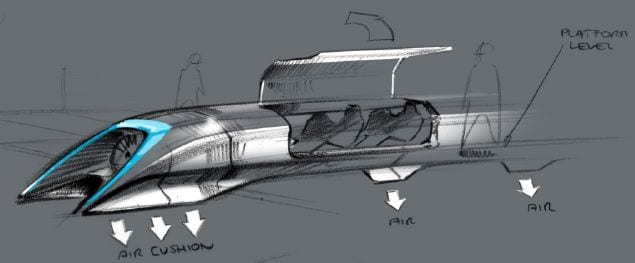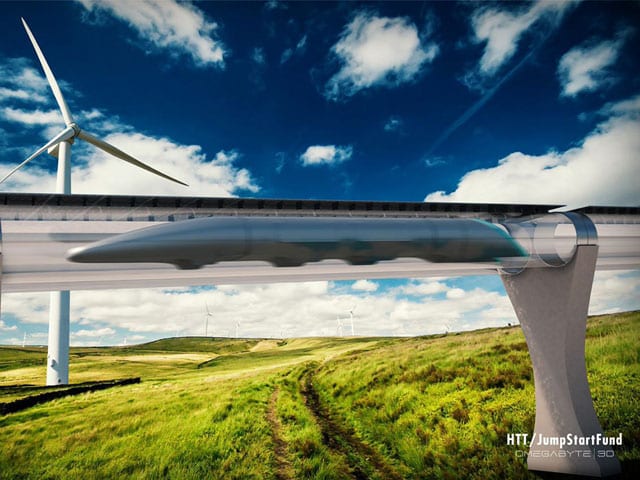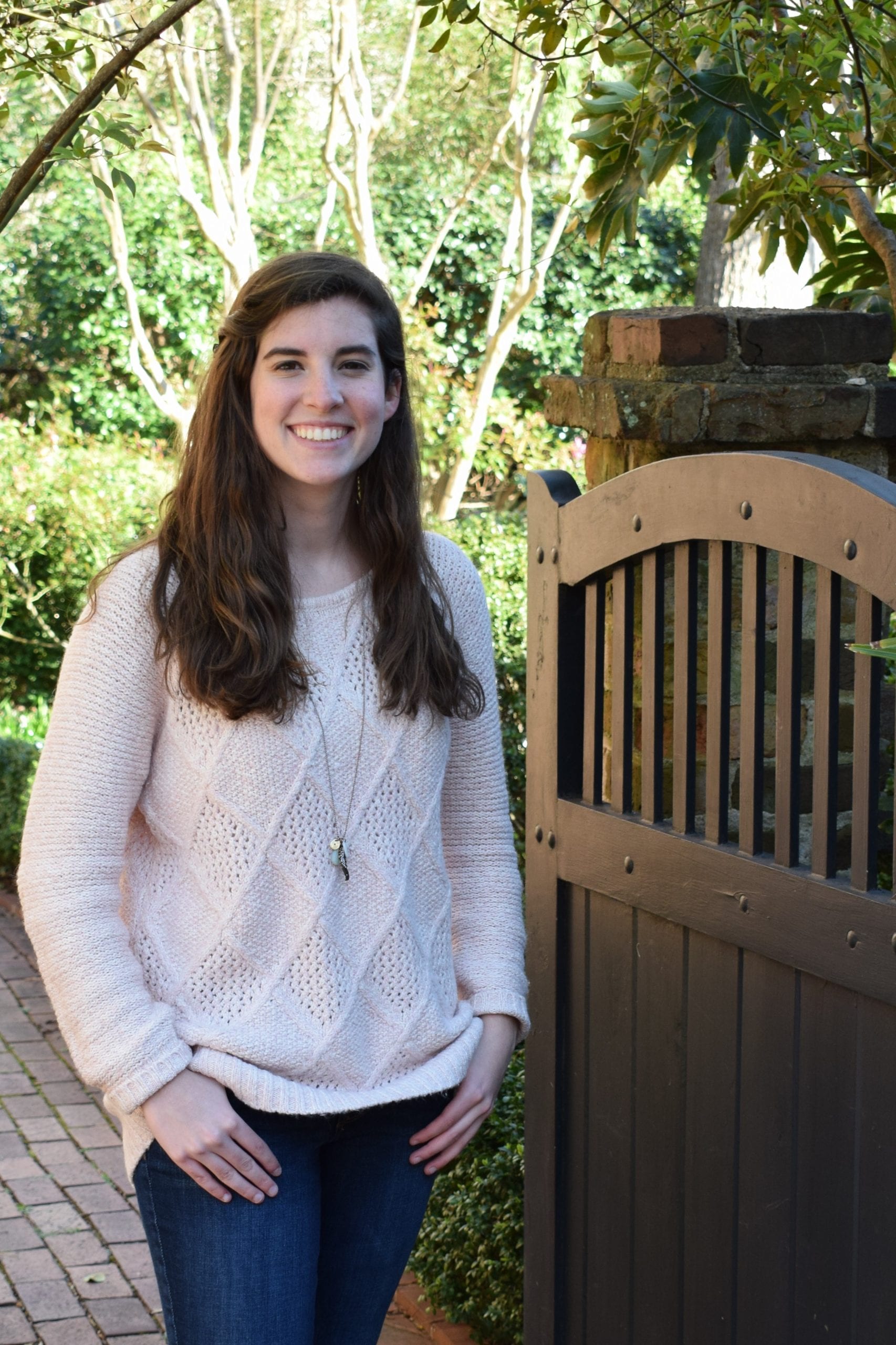While traveling across the entire globe in 80 minutes may be a bit of stretch, getting from Los Angeles to San Francisco in just 35 minutes might not be completely out of the question. For Georgians, imagine traveling from Athens to downtown Atlanta in less than 6 minutes, never again having to worry about interstates bursting into flame or crumbling into a heap. This is the future that billionaire and SpaceX founder Elon Musk envisions with his idea of the Hyperloop. Musk's concept involves a high-speed transportation system that will propel passengers across landscapes in pods zooming through a network of elevated tubes.
Imagine the tube systems you see and use at your local bank. You deposit your checks and cash into the plastic container on your side, and then place it into the sliding door to watch it shoot up through the ceiling, safely reaching the teller behind the glass in a matter of seconds. This concept, known as pneumatic tube transport, relies on compressed air or a partial vacuum to send small objects to and from your hands in the blink of an eye. The goal of the Hyperloop is to apply this same basic idea to humans for travel from city to city.

Humans obviously weigh far more than a couple of birthday checks from Grandma, so at first, the idea may seem far-fetched. There are a few key differences, however, that set the Hyperloop apart from your bank's pneumatic system. The Hyperloop would not only be propelled by compressed air alone, but also by the added power of electromagnetic motors placed along the tubes. The pods also would not be confined to a track, but would levitate within the tubes through the use of air bearings, similar to the way a puck glides across an air hockey table.
As with all new technology, there are some kinks to be worked out, and the Hyperloop does come with some drawbacks. The first of these is its speed. Making use of all the techniques described above, Musk predicts that the Hyperloop will be able to reach speeds of approximately 760 mph. While a speed like this would no doubt make airlines sweat if achieved (commercial jets cruise at an average of 550-590 mph), it significantly limits the flexibility in the tube pathways.

Because such extreme speeds would subject a person's body to dangerously high gravitational forces (G-forces) upon turning, the tube tracks would need to be built in almost completely straight lines running from city to city. This is much easier said than done from a construction standpoint. Not only that, but emergency stops would also be a problem, as the human body is not able to withstand any rapid deceleration from supersonic speeds.
Despite facing some design and engineering challenges before becoming a viable commuter option, progress on the Hyperloop has already been made. In January of this year, teams from universities all over the world came out to Las Vegas to test their working prototypes in a competition hosted by SpaceX. However, the team from the Technical University of Munich that won the fastest pod award only reached a speed of around 60 mph, far from the 760 mph goal.
Sadly, it seems as though even the reconstruction of I-85 might be finished before the Hyperloop comes to fruition. Nevertheless, a spirit of optimism persists among young engineers. As John Mayo from the Hyperloop team at the Massachusetts Institute of Technology stated in an interview, “we have all the technology there to do it. It's just that you need the excitement, you need some funding behind it, and you need people to push it.â€
Although a massive undertaking and feat of engineering, my hope is that SpaceX and the students involved with this project do not give up on turning it into a reality despite the drawbacks. As an aspiring engineer myself, it would certainly be incredible to see the Hyperloop take its place as the “fifth form of transportation†in the future. With time and continued testing, the Hyperloop may very well become the next innovation that revolutionizes travel for us all.

About the Author
-
athenssciencecafehttps://athensscienceobserver.com/author/athenssciencecafe/April 17, 2020
-
athenssciencecafehttps://athensscienceobserver.com/author/athenssciencecafe/April 12, 2020
-
athenssciencecafehttps://athensscienceobserver.com/author/athenssciencecafe/April 3, 2020
-
athenssciencecafehttps://athensscienceobserver.com/author/athenssciencecafe/March 30, 2020







